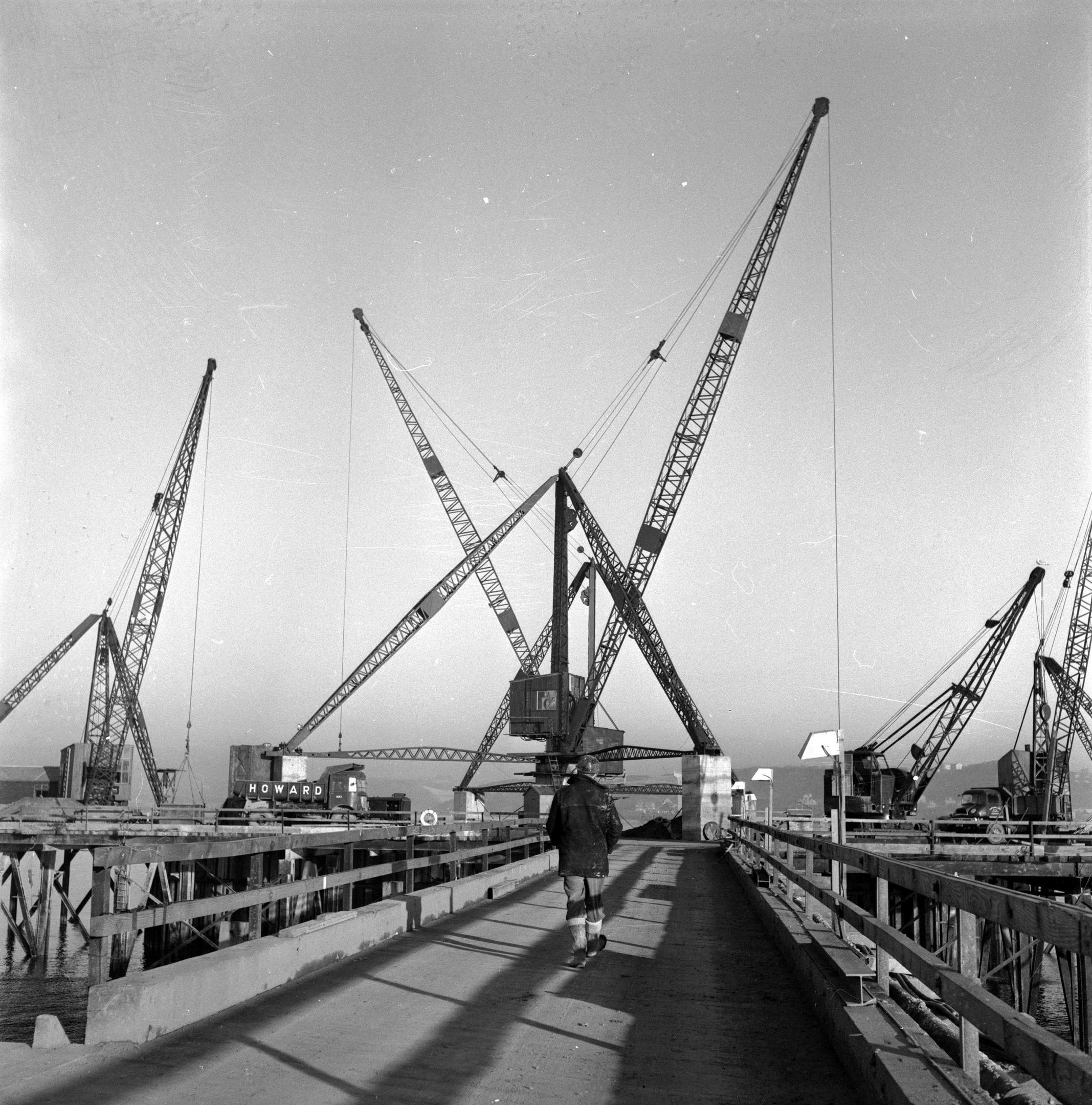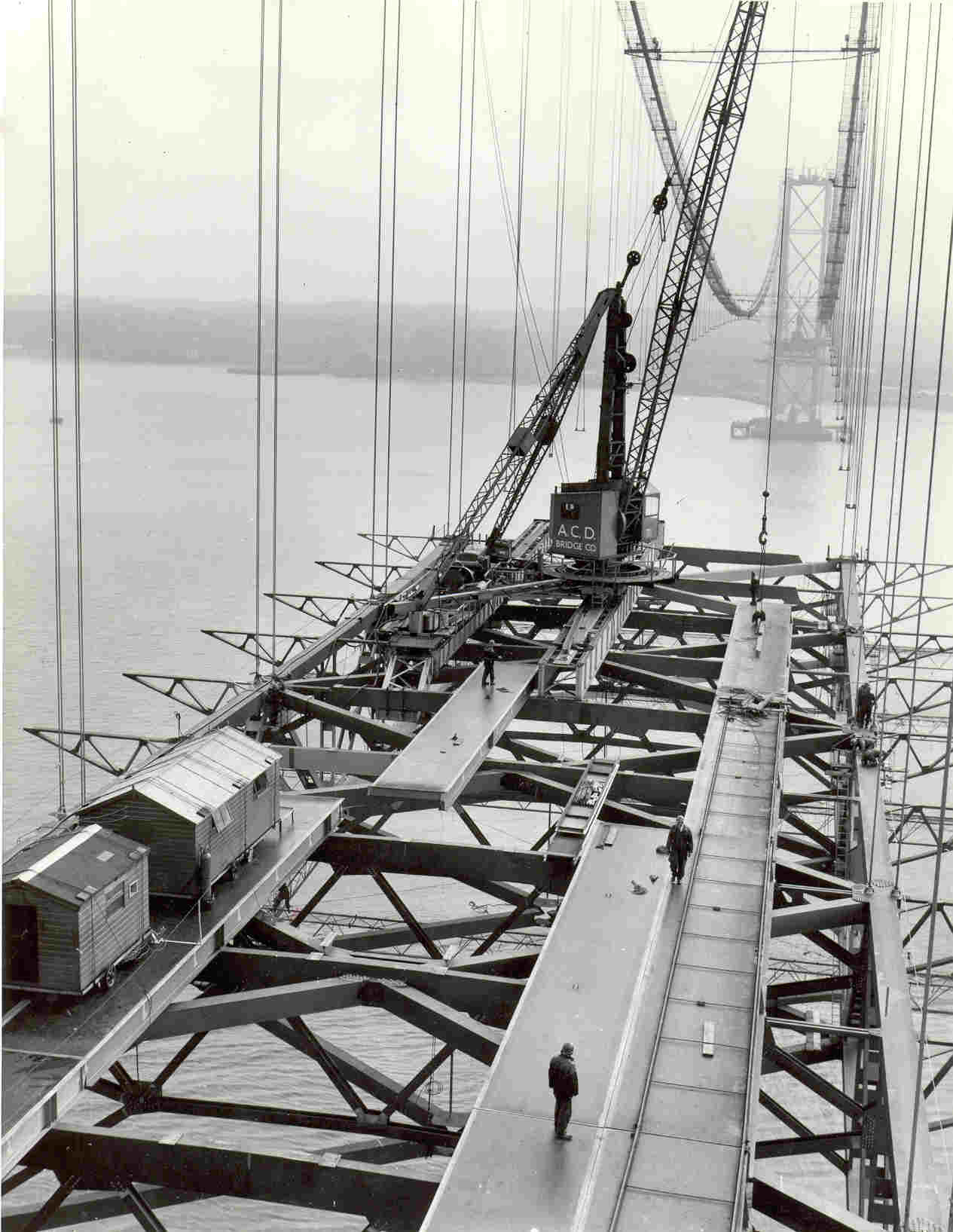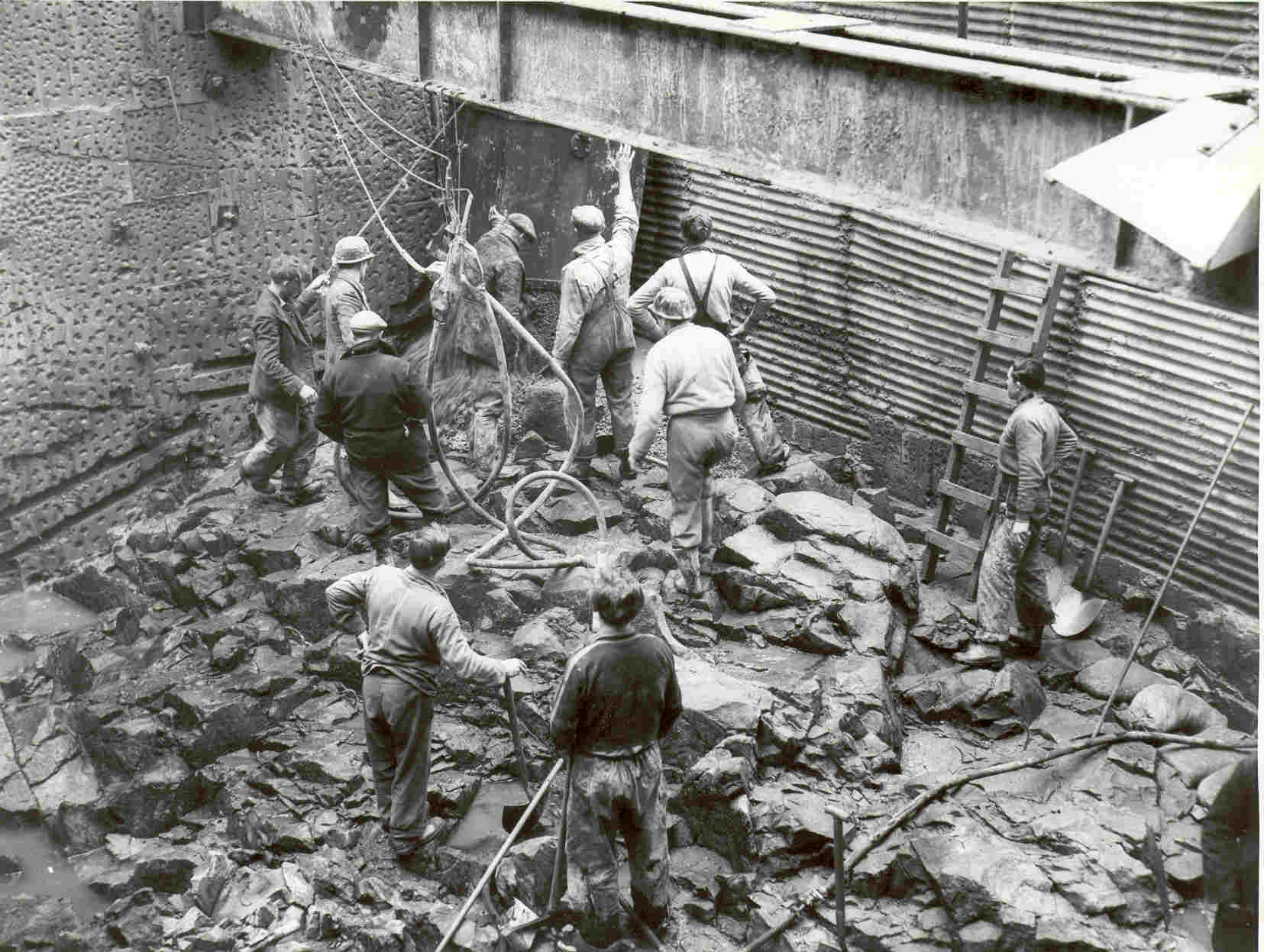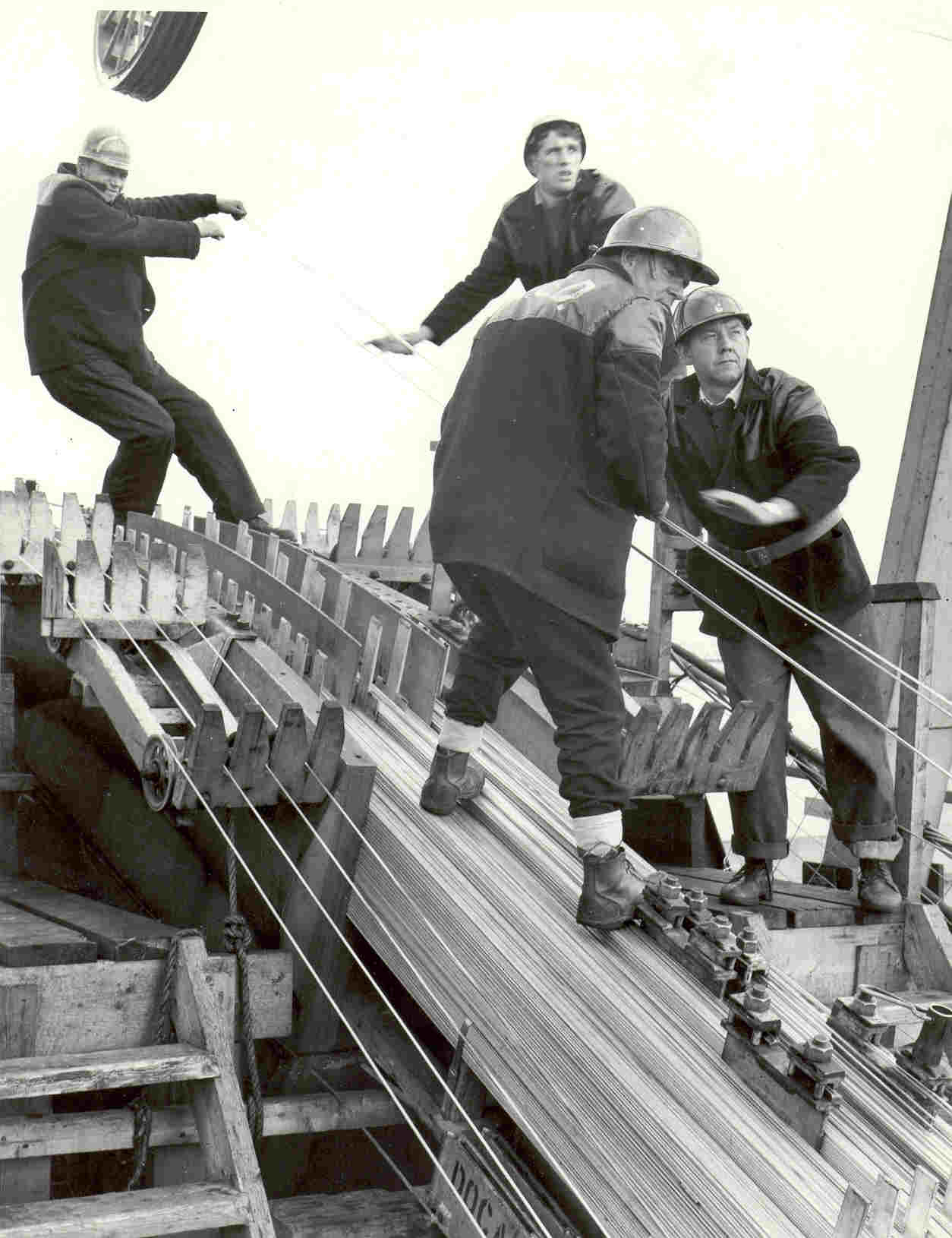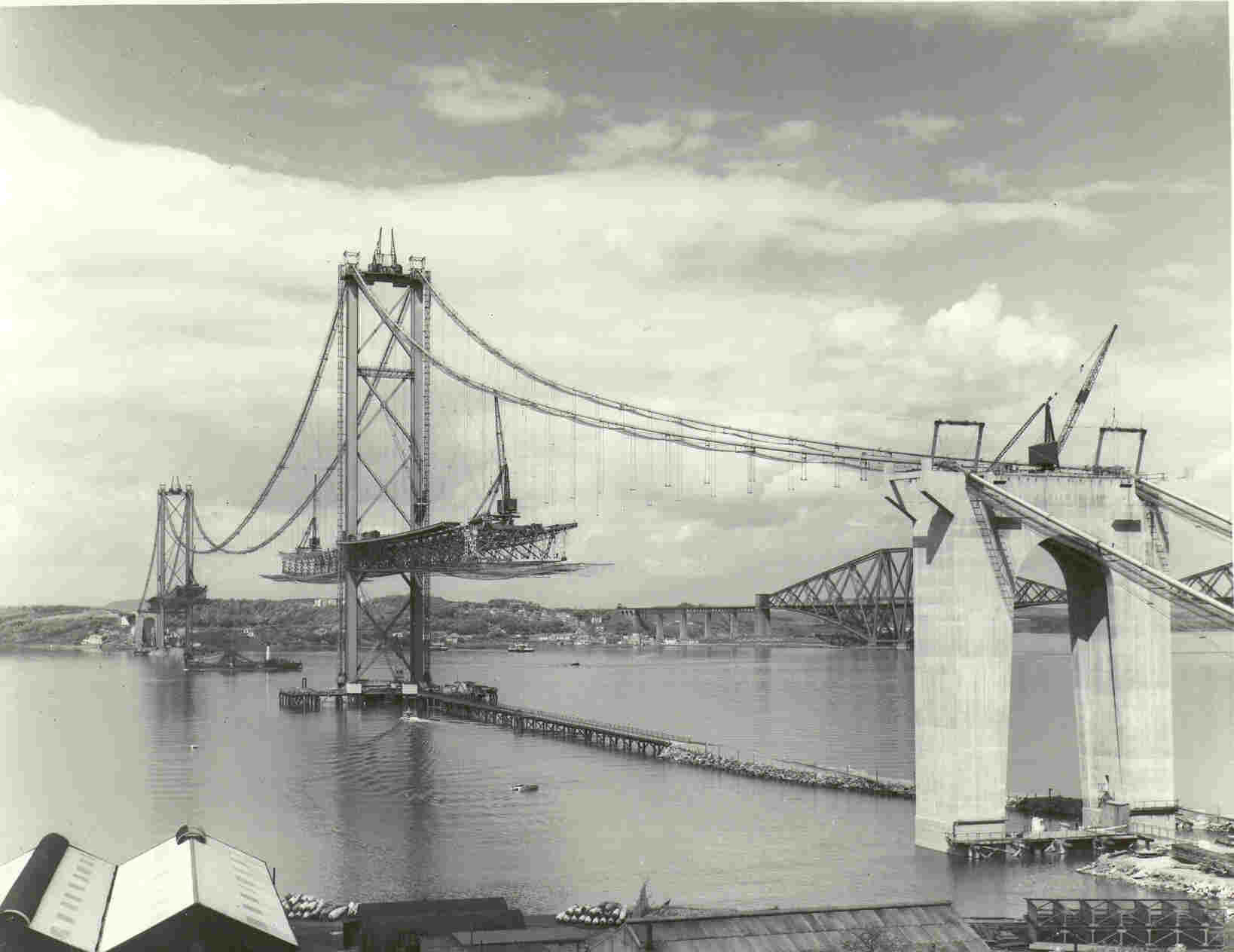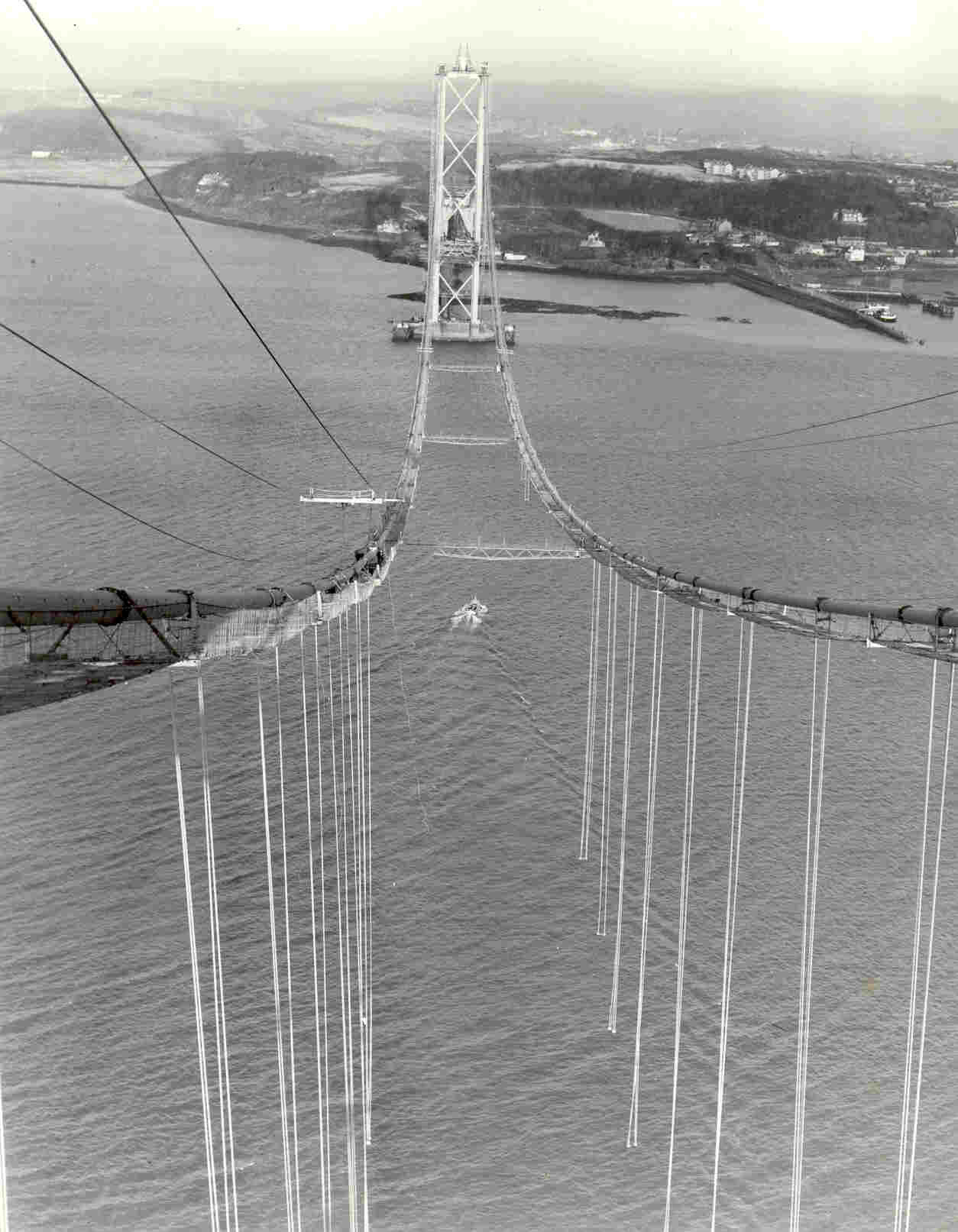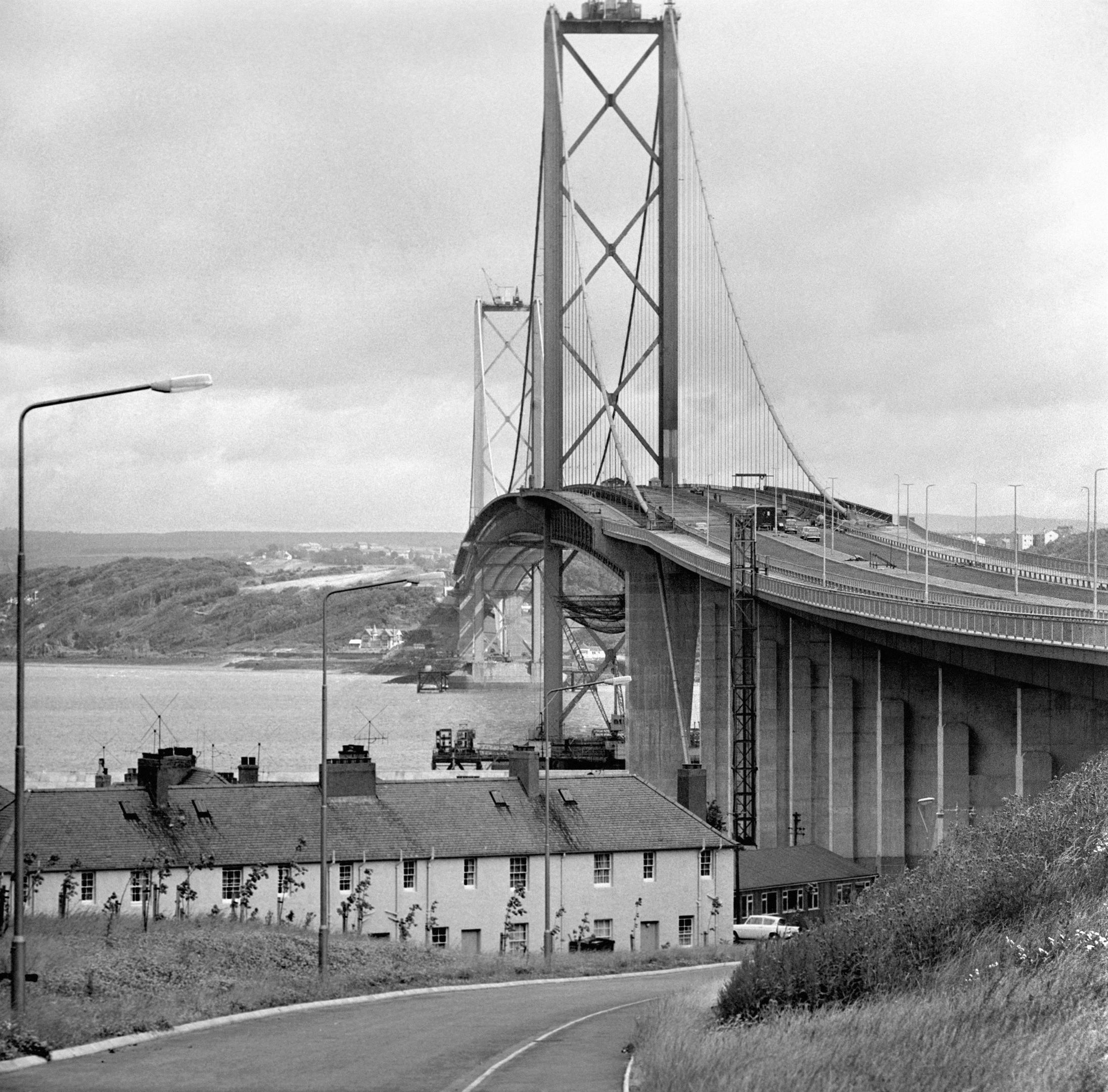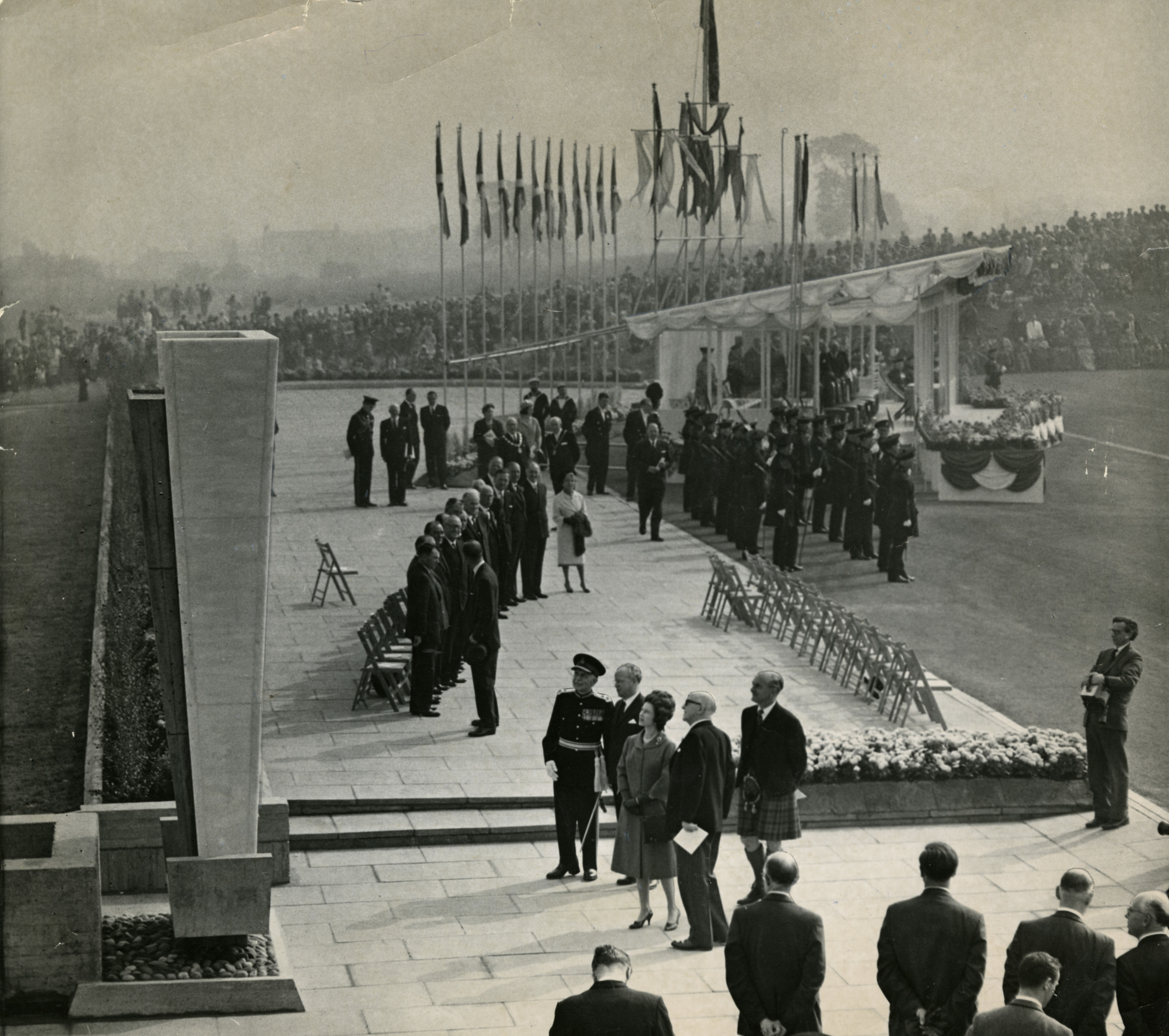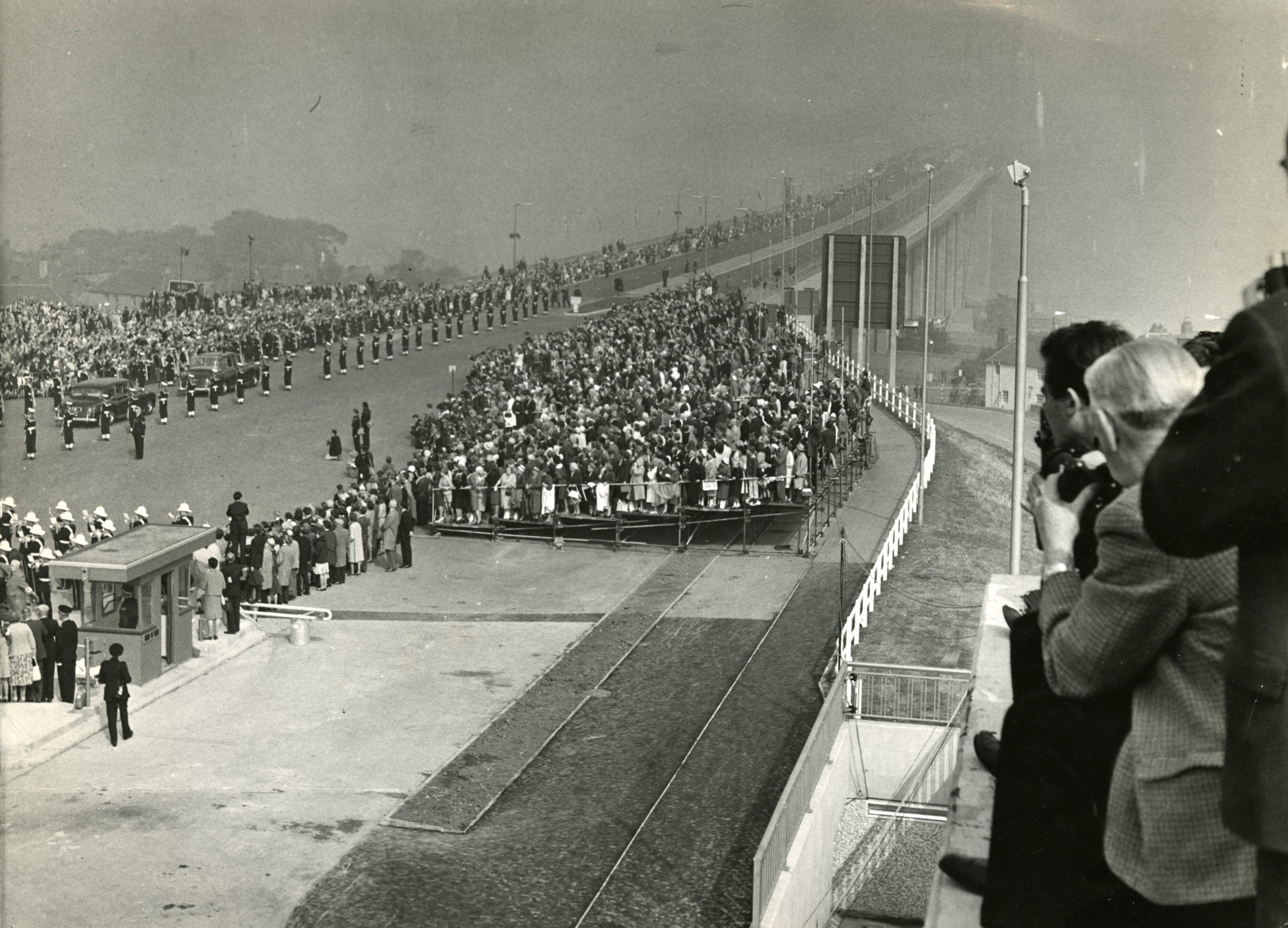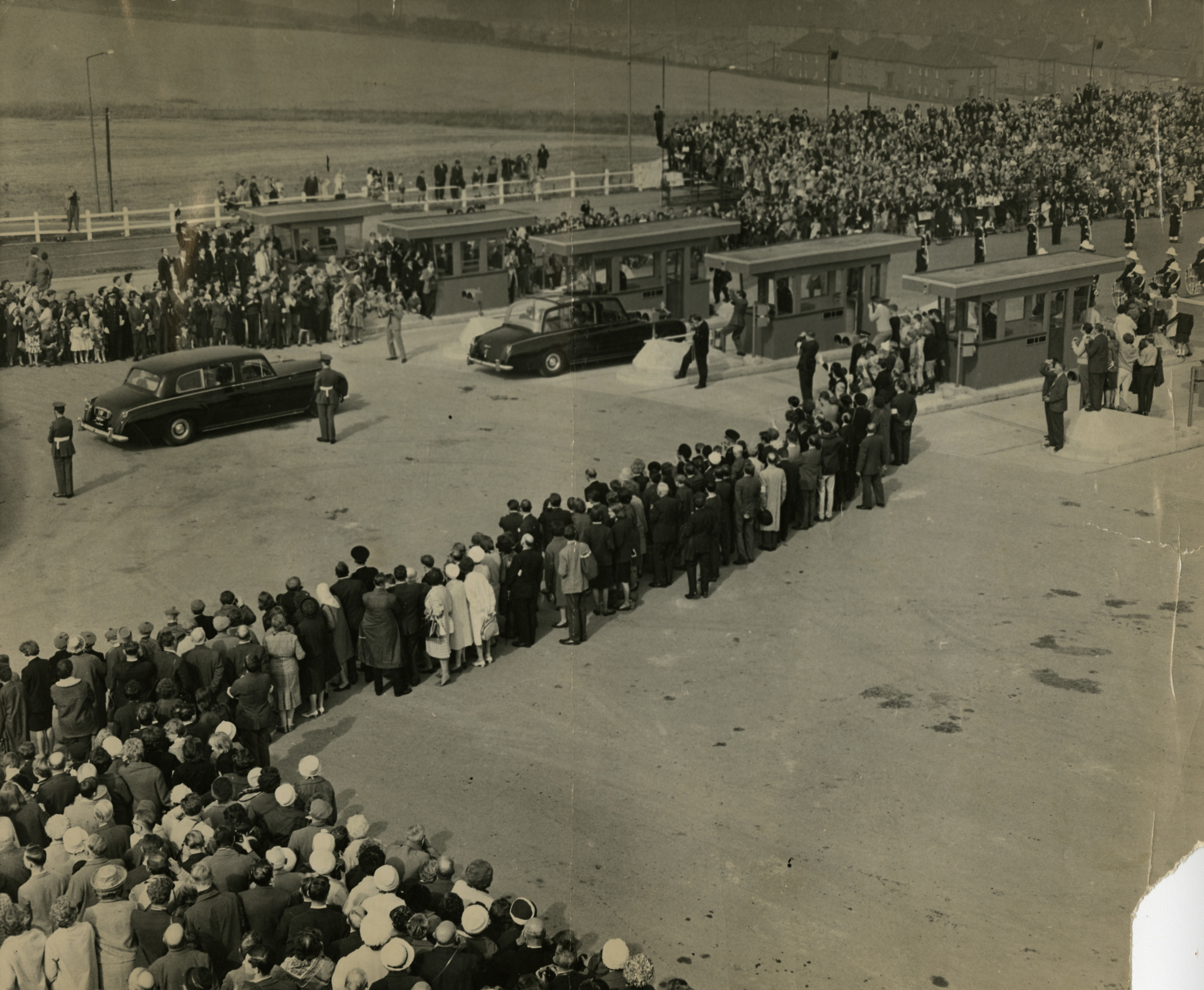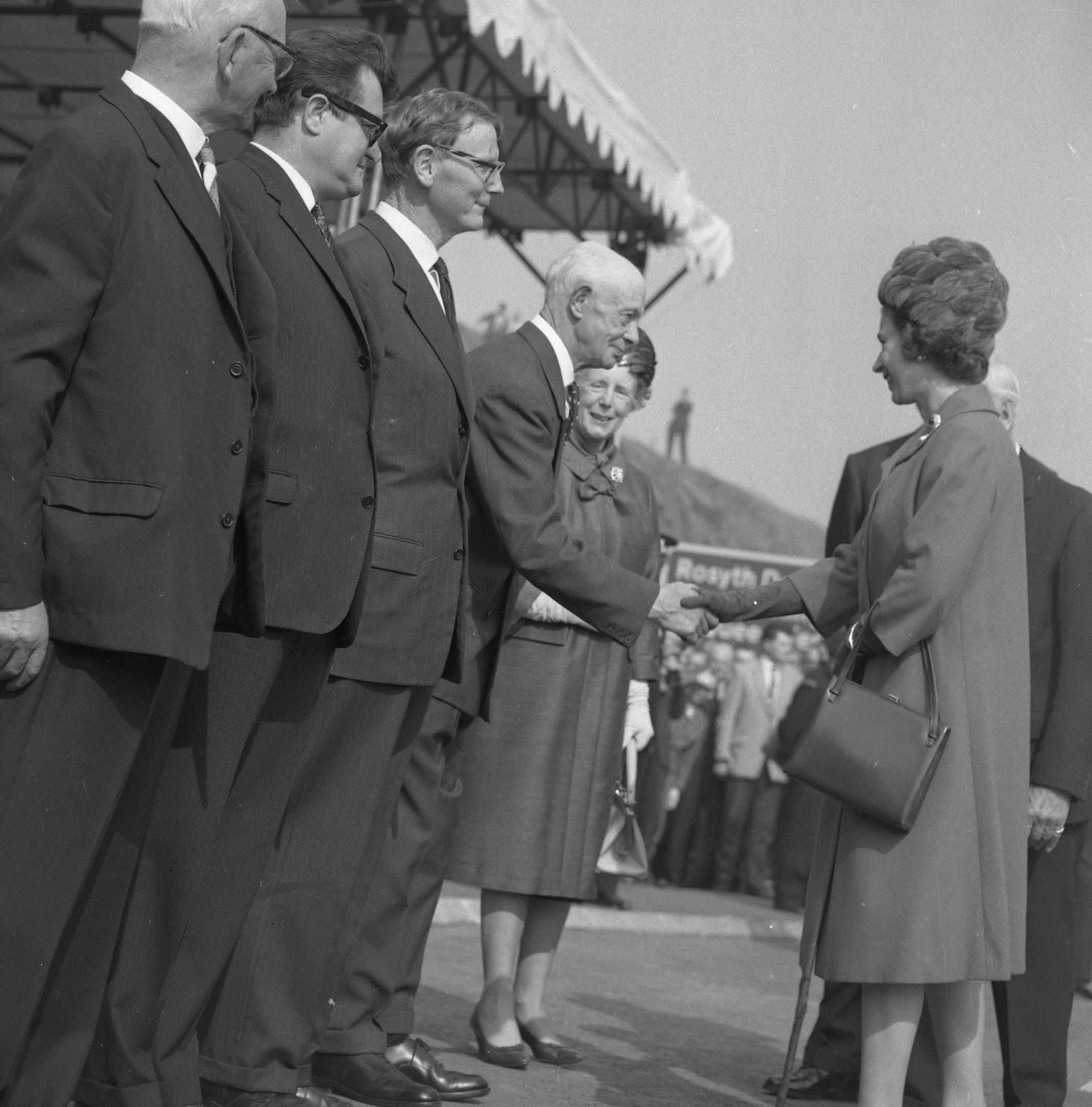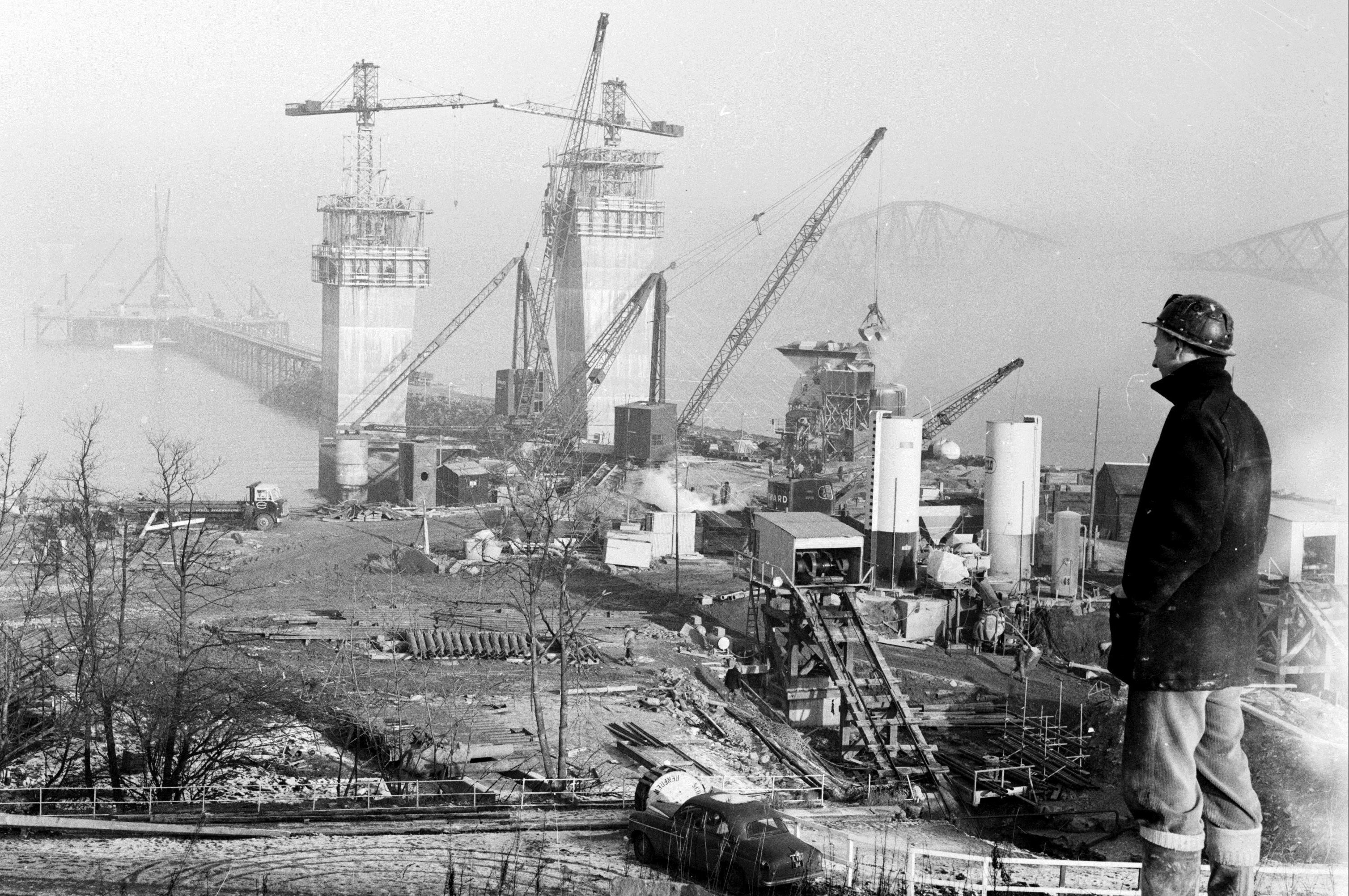
THE first vehicles will pass over the new £1.35 billion Queensferry Crossing today.
But while the new bridge steals all the limelight, here’s a look back on its predecessor.
Opened in 1964, the Forth Road Bridge has taken the strain of vehicles crossing between Edinburgh and Fife for over 50 years.
Along the way, it’s been made toll free, had parts strengthened and, in 2015, was closed for several weeks due to a structural issue.
Once its neighbour is operational, it will still carry buses, taxis pedestrians and cyclists, remaining a vital link between the two sides of the estuary.
Before its opening, cars had to take a ferry to get between North and South Queensferry.
Rail was also a popular option, using the iconic Forth Bridge, but by the mid-1920s, cars were becoming more and more common on the area’s roads.
The first proposals to build a bridge or tunnel were put forward in 1923, with several sites considered.
The Great Depression and World War II soon put a halt to any infrastructure growth until the late 1940s.
By then the Kincardine Bridge had opened 15 miles upstream, but the Queensferry ferry service was still becoming overrun, with huge queues forming at either side.
The boats made 40,000 crossings annually, carrying 1.5 million passengers and 800,000 vehicles.
In 1947, it was decided that the bridge would finally be built to link Edinburgh and Fife.
A tunnel was also considered, but it was too ambitious a project.
Construction began on the Forth Road Bridge in 1958, with the main towers complete by 1961.
Nearly 40,000 tonnes of steel went into its construction.
It was another three years before the bridge was joined up, surfaced and ready to be opened.
The Queen did the honours on September 4, 1964, as she will do exactly 53 years later for the Queensferry Crossing.

Enjoy the convenience of having The Sunday Post delivered as a digital ePaper straight to your smartphone, tablet or computer.
Subscribe for only £5.49 a month and enjoy all the benefits of the printed paper as a digital replica.
Subscribe